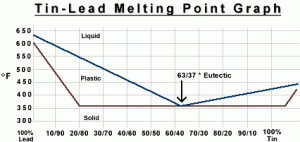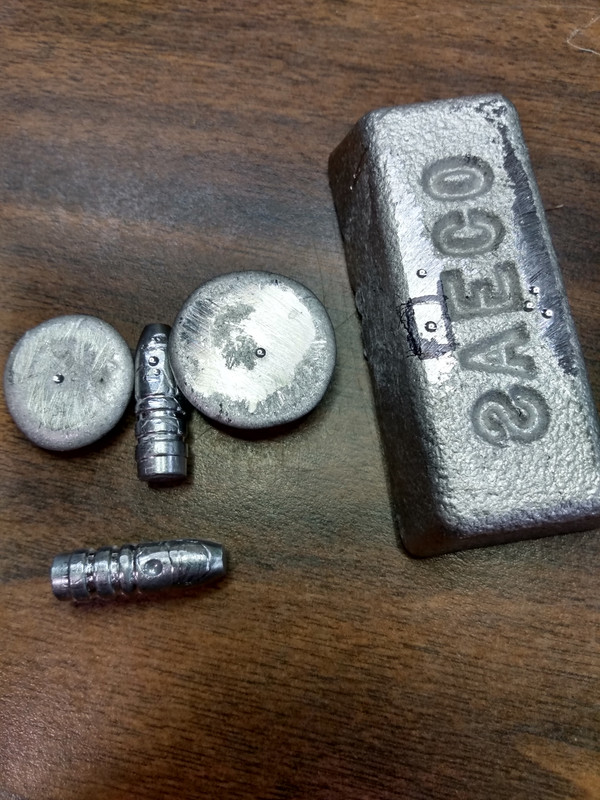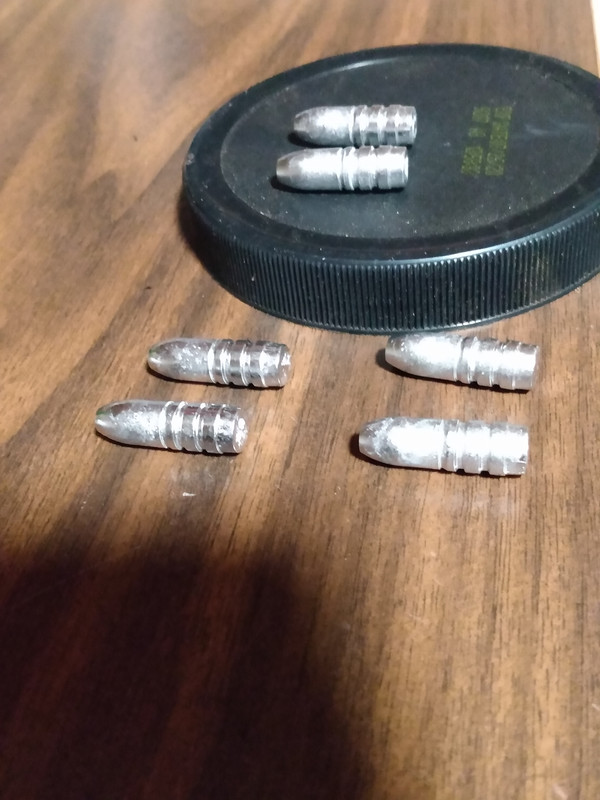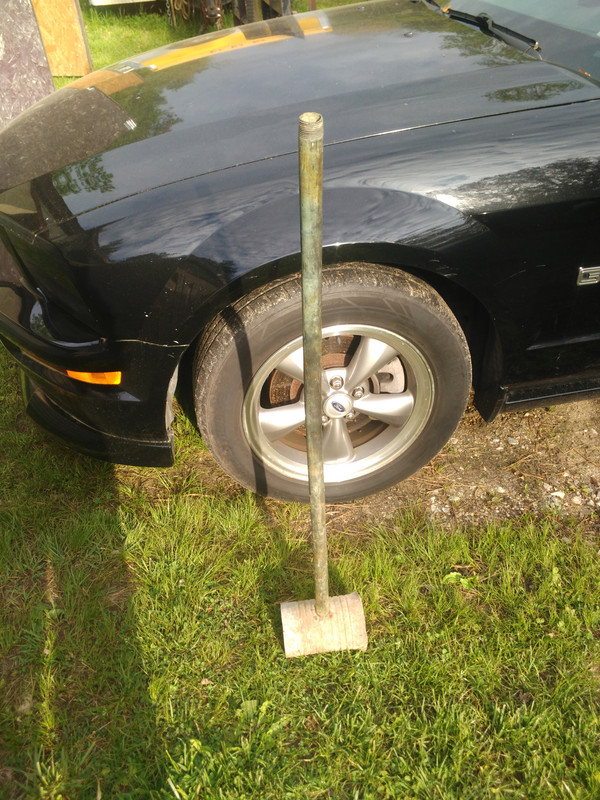There are a couple of things going on.
You indicate a hardness close to pure, but a melting point of 500 degf.
The normal additive to drop the melting point of lead from 621 to 500 degf would be tin.
I found Rotometals sells a 40:1 (97.5% - 2.5%) lead tin alloy that has a hardness of 7-8 BHN and an 30:1 (97% - 3%) that has a hardness of 9 BHN.
Melting point of both of the above is well above 500 degf (see chart below).
So unless your data points are off quite a bit, the reduced melting point is probably not due to tin. Lead - Bismuth alloys melt at lower temps than Lead - Tin alloys. I am guessing that a small amount of bismuth could drop the melting point quite a bit. I am not sure how bismuth affects hardness. As long as you can get the alloy to work (see below), some bismuth should not hurt anything.
Now for the stuff you removed. Most anything with a melting point over 700 degf is probably best left out of casting lead unless you know what it is and can control the percentage. If you really want to you could try to blend small amounts back into large batches over time. Very small amounts of even the dreaded zinc actually increase hardness a little bit without causing any real problems.
Regardless of all of the above, you seem to have some sort of mystery lead alloy. I would not be reluctant at all in trying to using it. As long as it is heavy and melts decent, at worst it can be blended with other sources of lead to "fix" it.
Try to cast a small batch of bullets. Flux well and confirm you get a smooth liquid alloy (not lumpy or slushy) at a normal casting temp. If not you probably should consider blending this batch with some lead from another source until it becomes more "normal".
See how hard it is to get good fill out and wrinkle free bullets. If needed you can add tin (or pewter) to your small batch to help getting good fill out and no wrinkles.
Once you are getting decent looking bullets, check the weights. If they are a lot lighter than expected, you have mystery alloy that should be blended in with other sources of lead until your weights get reasonable. If they are on the heavy side, you have a high percentage lead. Any high percentage lead alloy can be adjusted to improve it by increasing tin content as needed for better fill out and antimony content (typically by blending in some "hard lead" such as wheel weights, linotype, superhard) to increase hardness.
I really dislike waste, so I tend to try real hard to "do what it takes" for cases like this. I just consider it part of the game.
















 Reply With Quote
Reply With Quote





























